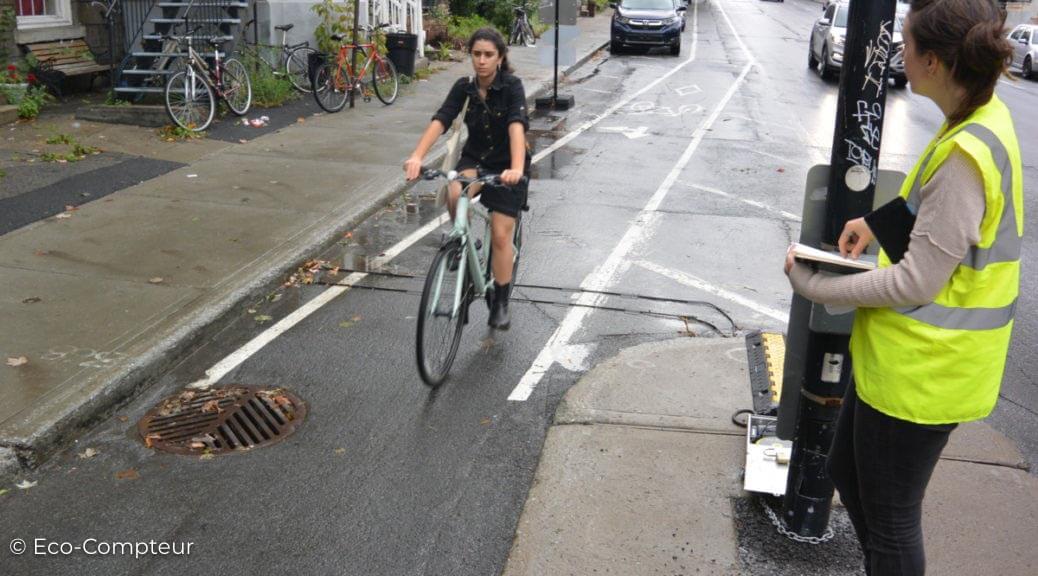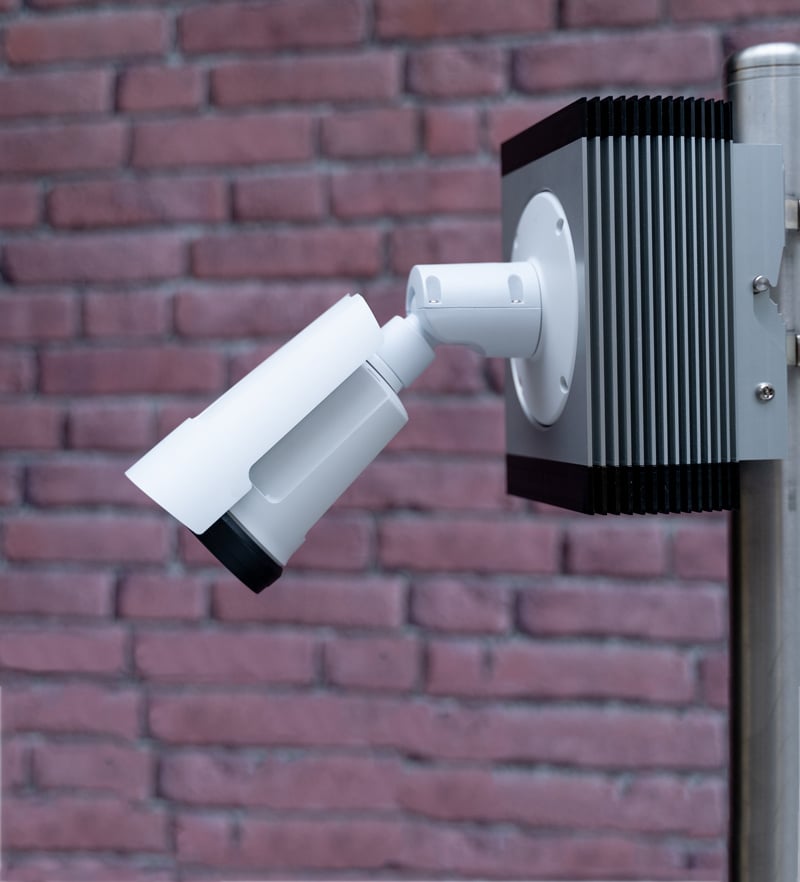Given this success, we’ve decided to make ‘Planner Resources’ a recurrent theme in our blog, with goal of sharing best-practice knowledge we have accumulated in 15+ years of leading the people counting industry.
In this edition of ‘Planner Resources’, we are going to discuss the (much under-discussed) topic of validation counts!
Validation count, the basics
A validation count is the act of manually recording pedestrian or cycling counts in order to know the statistical accuracy of an Eco-Counter at a given time and place.

Validation counts performed right after installation or maintenance confirm the counter is performing as designed and inform us if there are any problems with the installation. No matter what counter you have – from a PYRO-Box to a Mobile MULTI – a validation count is always a good idea.

Ensure statistical accuracy
Although our dedicated support team is always here to help out, it’s best to catch any installation issues early and validation counts are the best way to do that. Here are a few examples:
If a TUBE bicycle counter is installed in a way so that cyclists are not riding over the TUBES, a validation count on-site will capture the installation error. Alternatively, if a PYRO-Box is incorrectly installed above the recommended height, a validation count performed right after installation will alert us to this error and warrant the need for adjustment.

A step-by-step guide
Validation counts are easy and require little time and minimal equipment. Here’s how:

Once your Eco-Counter is installed, prepare a pen and paper and setup a 15 minute timer on your stopwatch.

On-site, connect to the counter using your magnetic key and Eco-Link.

When you are ready to begin, note the time, date, and location of your counter. When ready to begin, record the total IN and OUT counts shown on Eco-Link.

Begin your timer! For 15 minutes, manually count passersby and their direction. Depending on your counter, you may want to note whether they are a pedestrian or cyclist. There are many great methodologies for manual counting, including smartphone applications such as Counterpoint and tally marks in low-traffic areas!

When the 15 minutes are up, re-check your Eco-Link and note the IN and OUT counts on the logger.

Compare the data from your manual count data to the numbers in Eco-Link to confirm the accuracy of your Eco-Counter. If anything seems off, give us a call and we will help you re-calibrate the sensor to get you on your way.

Last, but not least, send us your data! If we notice anything out of the ordinary with your count data, we will be in touch.
Sharing validation count data with Eco-Counter
No matter what the results, we care about this data too! Almost everyday, we perform our own validation counts here in Montreal to test the effectiveness of new installation methodologies, optimize sensor calibration and overall improve our counters. More data, however, is always better! We greatly appreciate receiving validation count from our clients.
On our end, we anonymize this data for Research & Development in order to constantly improve our counters and to inform best practices in various installation environments.
—
Thank you for taking time to perform a validation count, your efforts help to build a more bike and pedestrian friendly future.
Keep an eye out for future Planner Resources posts where we will cover data-extrapolation, TUBE counter installation best-practices, counting e-scooters and much more!







